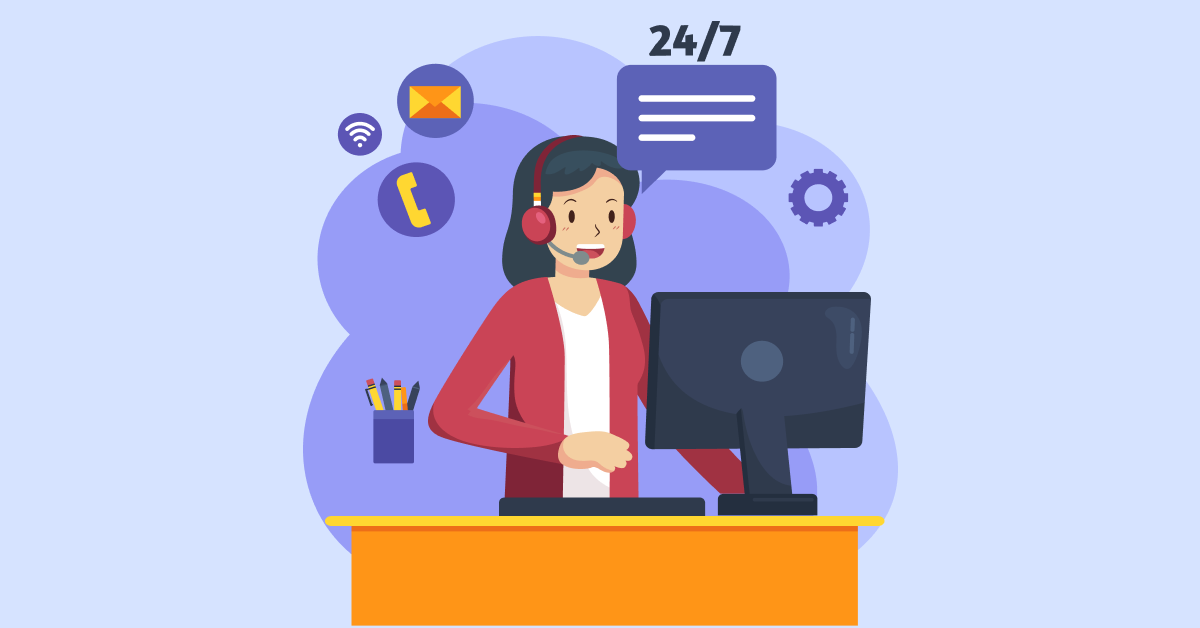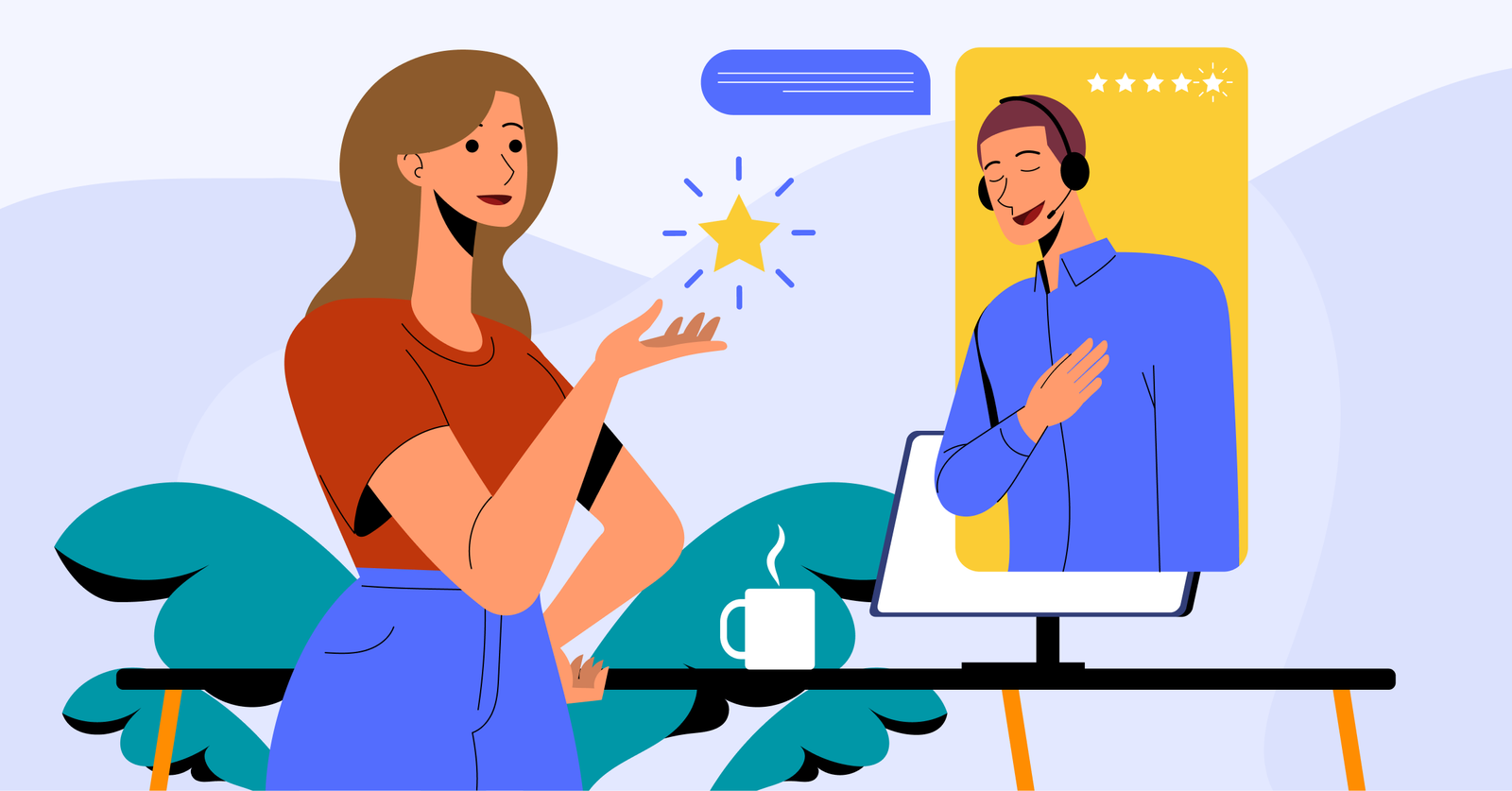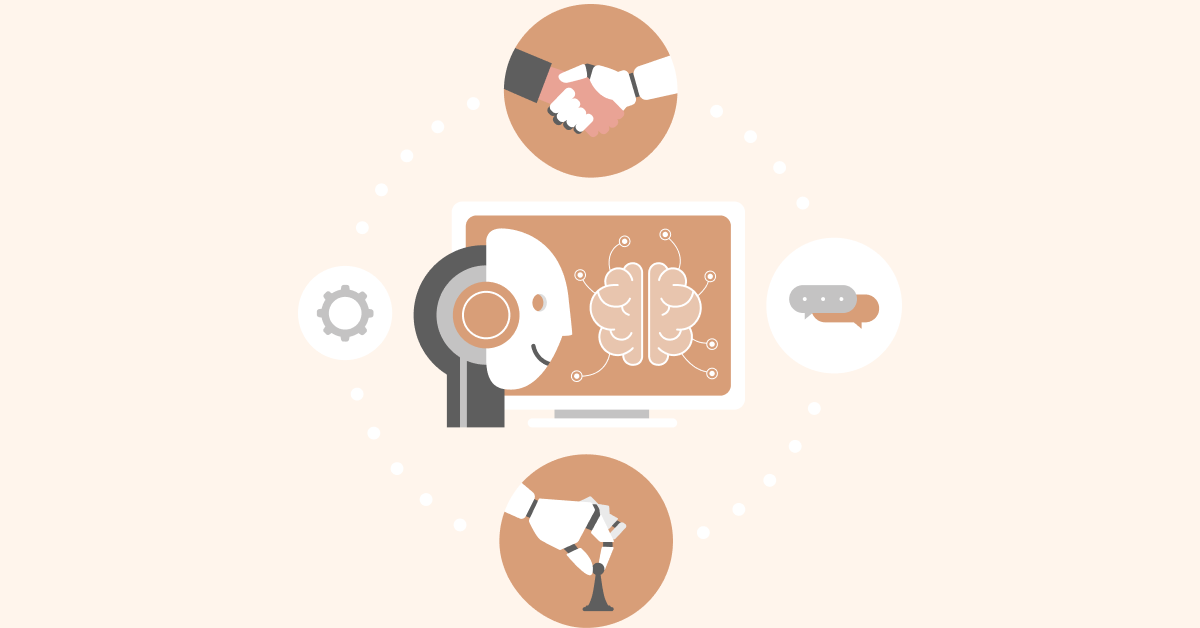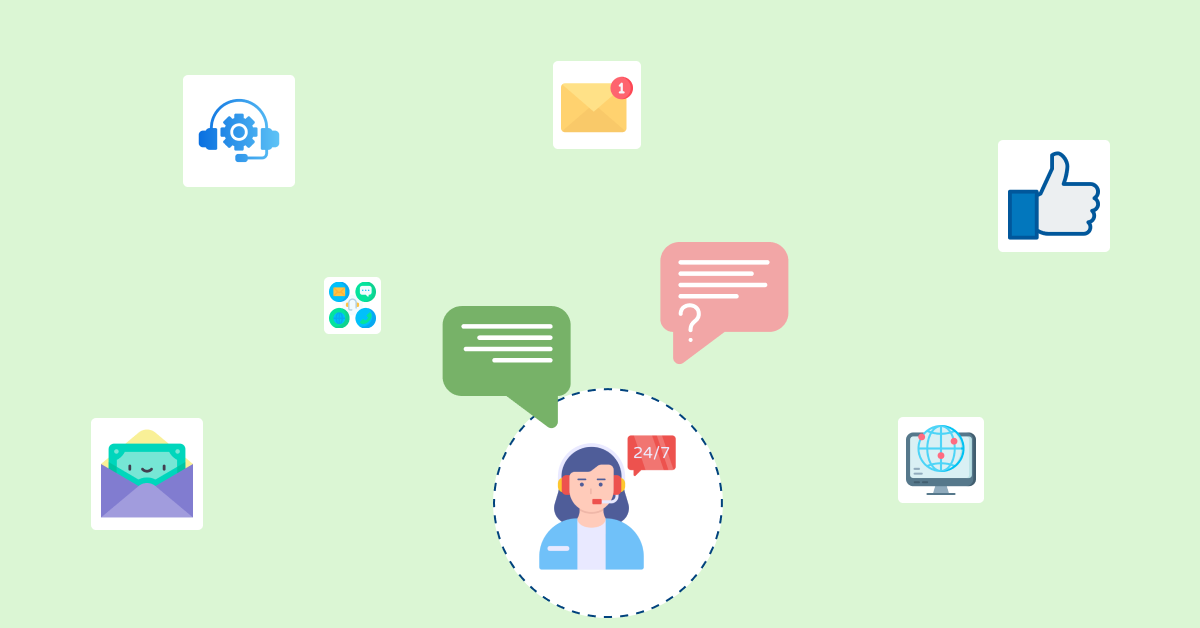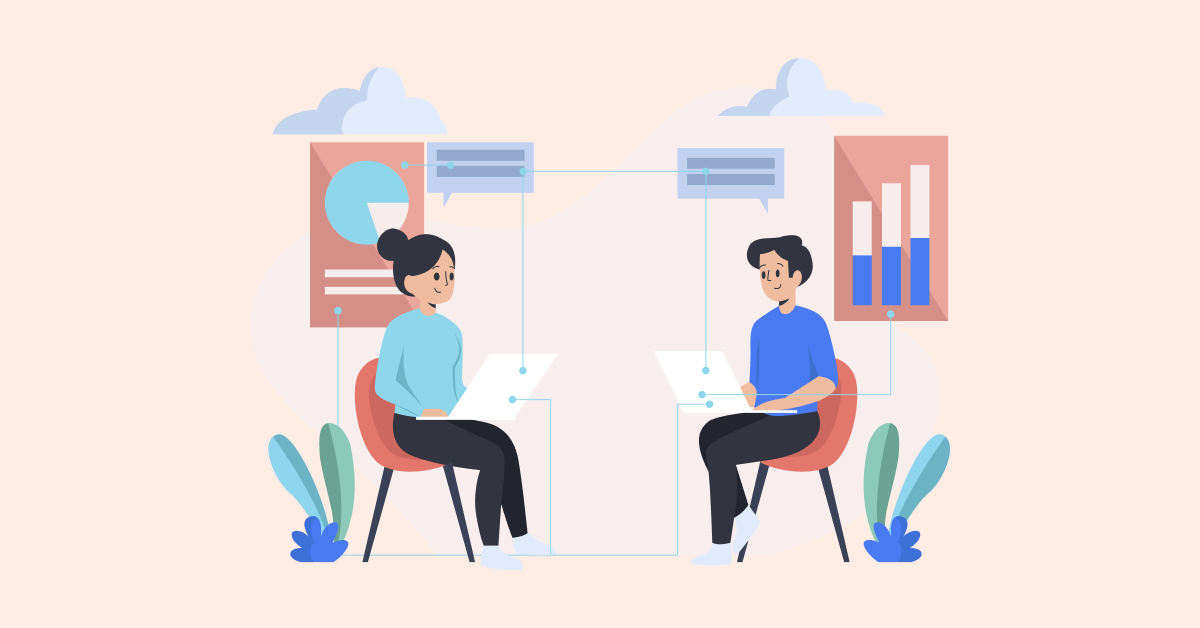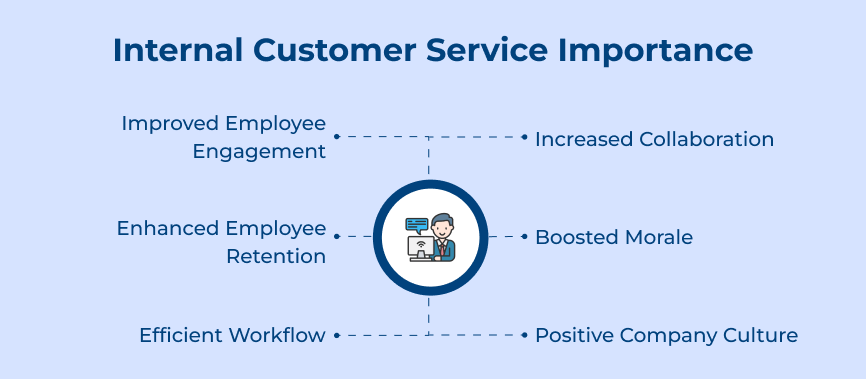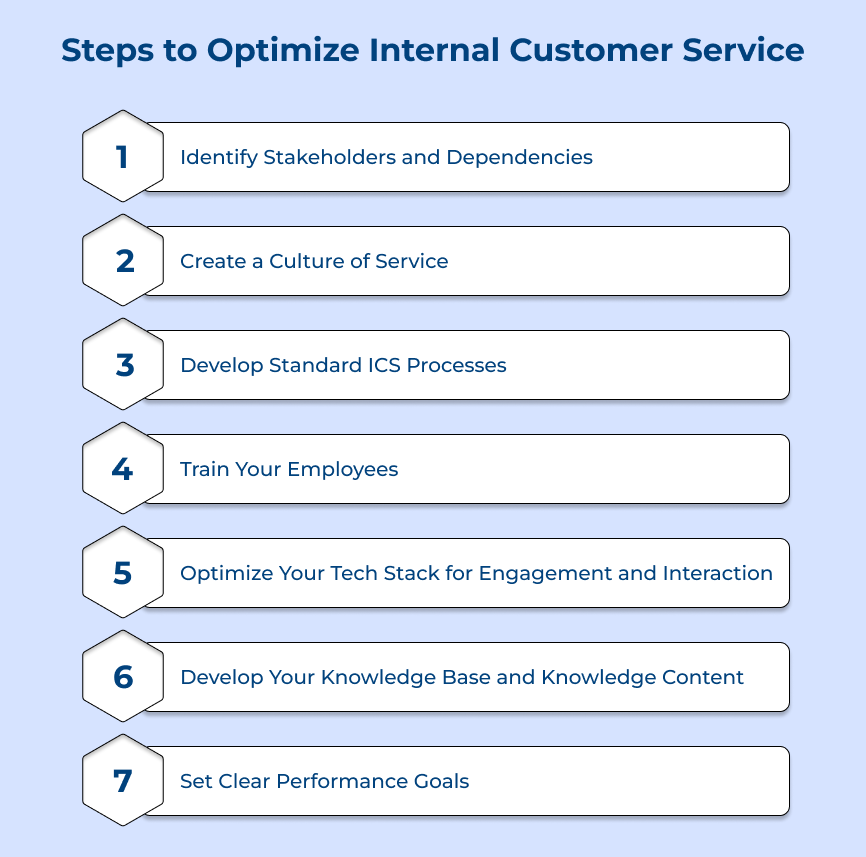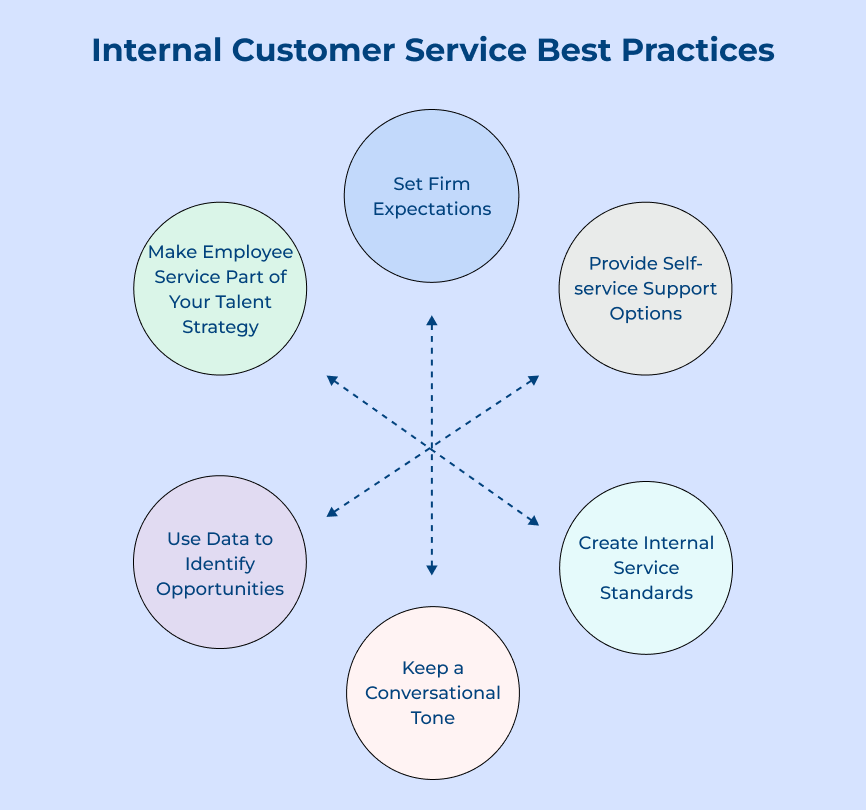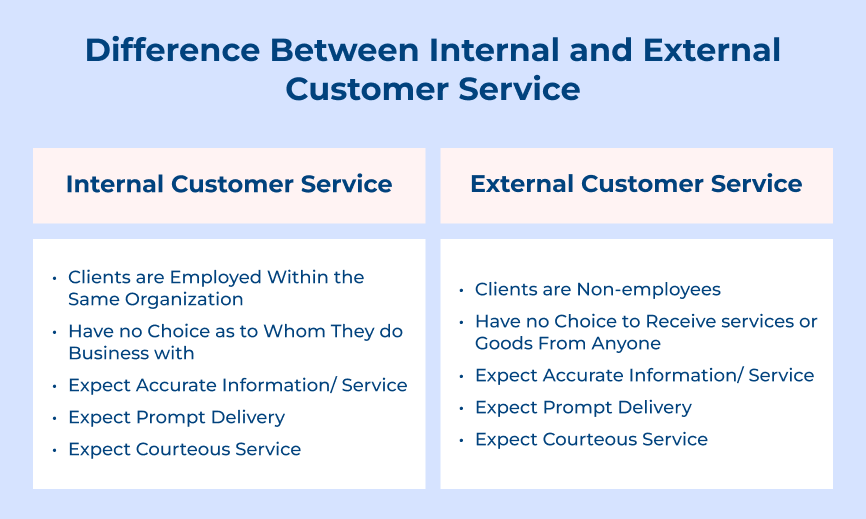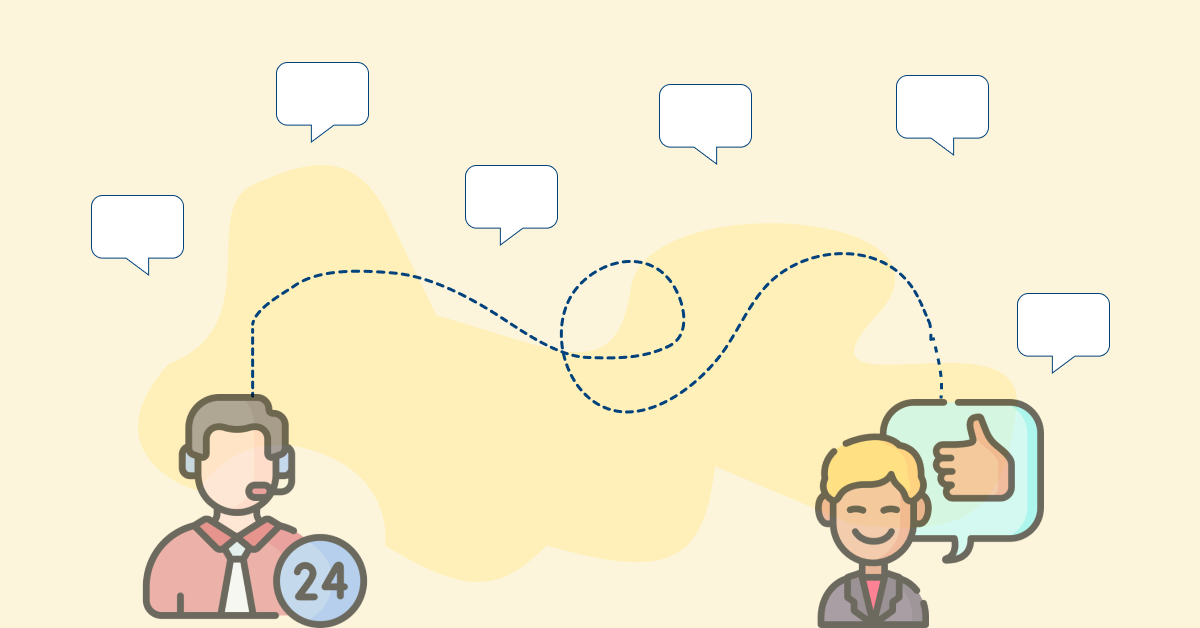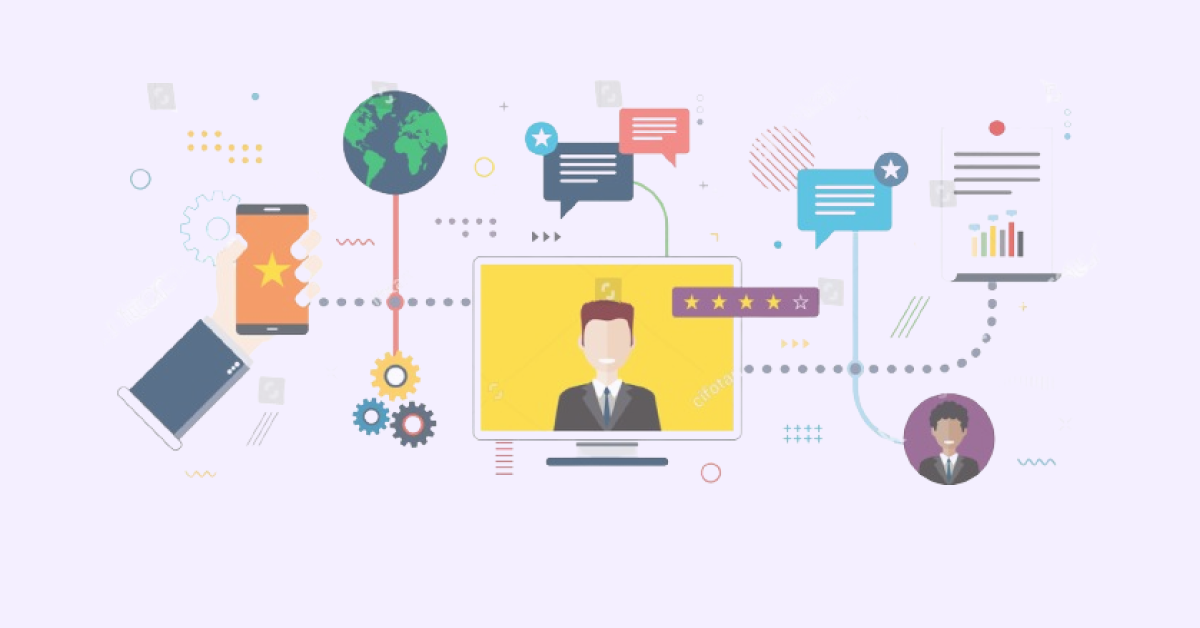1. Set firm expectations: Communication is key when it comes to internal customer service. Make sure that employees know what is expected of them in terms of providing support or assistance to their colleagues. Clearly outlining these expectations can help to avoid misunderstandings and ensure a smooth internal service process.
2. Provide self-service support options: One way to improve internal customer service is to provide self-service support options for employees. It can include creating knowledge bases, FAQs or online resources that employees can access on their own to find answers to common questions or issues. The organization can reduce the workload on the internal support team by empowering employees to help themselves.
3. Create internal service standards: Establishing internal service standards can help to ensure consistency in the level of service provided to employees. The standards should outline how quickly requests should be responded to, how concerns should be addressed and what employees can expect when seeking assistance. Setting clear standards allows the organization to hold employees accountable for providing quality service.
4. Keep a conversational tone: When communicating with colleagues or employees, it’s important to maintain a conversational and friendly tone. It can help to create a positive and welcoming atmosphere within the workplace. Avoid using overly formal language or jargon that may be difficult for others to understand. Being approachable and friendly can go a long way in providing excellent internal customer service.
5. Use data to identify opportunities for improvement: Utilize data and feedback from employees to identify areas where internal customer service can be improved. Look for common pain points or issues that employees are experiencing and find ways to address them. Being proactive in seeking out areas for improvement allows the business to continuously enhance the level of internal customer support provided within the organization.
6. Make employee service part of your talent strategy: Recognize the importance of internal customer support by making it a key component of your talent strategy. It can include training programs, employee recognition initiatives or performance evaluations that specifically address internal service skills. Prioritizing internal customer service allows the organization to create a culture of support and collaboration within the organization.
7. Keep your help desk fully staffed: Ensure that the internal support team is adequately staffed to handle employee requests promptly. A shortage of support staff can lead to delays in resolving issues and create frustration among employees. Keeping the help desk fully staffed allows the business to ensure that employees receive the assistance they need when they need it.
Examples of Great Internal Customer Service
Let us go through the real-world examples of exceptional internal customer service to understand how they shape a more engaged, efficient and collaborative workplace.
Google
Google implements its internal customer service through cross-functional collaboration platforms and dedicated support teams for each department. They introduced the “g2g” (Googler-to-Googler) program that enables the employees to assist colleagues through knowledge sharing.
The internal service focus has created an environment where innovation thrives through rapid problem-solving and removal of departmental silos. Google’s emphasis on internal support has contributed to its consistently high employee satisfaction ratings and ability to maintain creative momentum even as the company has grown to enormous size.
Toyota
Toyota applies its famous production system principles to internal customer service, with each department treating the next in the production chain as their customer. Their “andon cord” system empowers any employee to stop production when they identify an issue, ensuring quality at each step and treating internal concerns with the highest priority.
The approach has resulted in Toyota’s renowned quality control and efficiency. Respecting each department’s needs and ensuring internal customers receive excellent service has helped Toyota maintain consistent quality throughout its manufacturing process.
Zappos
Zappos extends its legendary customer service culture internally through dedicated resources supporting employee needs and cross-departmental shadowing programs. Their internal communication platform empowers any employee to request assistance from other departments with the same priority as external customer inquiries.
The impact on Zappos has been a cohesive company culture where departments function seamlessly together. The internal harmony directly influences their external customer service excellence, as employees experience the same level of care they’re expected to provide to customers, creating authentic service delivery.
Nordstrom
Nordstrom applies its “customer first” philosophy internally by establishing clear service agreements between departments and implementing regular internal customer satisfaction surveys. Their internal service desk provides the same level of personalized attention to employee requests as their sales associates provide to shoppers.
The internal customer focus has enabled Nordstrom to maintain its reputation for exceptional service even during retail industry disruption. When their departments support each other effectively, it creates a process where the customer-facing staff can deliver the attentive service for which the brand is known.
Ritz-Carlton
Ritz-Carlton extends its famous “Ladies and Gentlemen serving Ladies and Gentlemen” philosophy to internal interactions through systematic employee support processes. Every department has service standards for supporting internal customers, with the same rigor applied to these standards as to external guest service.
The result has been remarkable consistency across all Ritz-Carlton properties worldwide. They have built a culture of service excellence by treating internal service requests with the same care and urgency as guest requests. The approach ensures that employees feel supported and valued, enhancing their ability to deliver exceptional guest experiences.
What is the Difference Between Internal and External Customer Service?
Check out the key differences between internal and external customer service to understand how mastering both can give your business a competitive edge.
